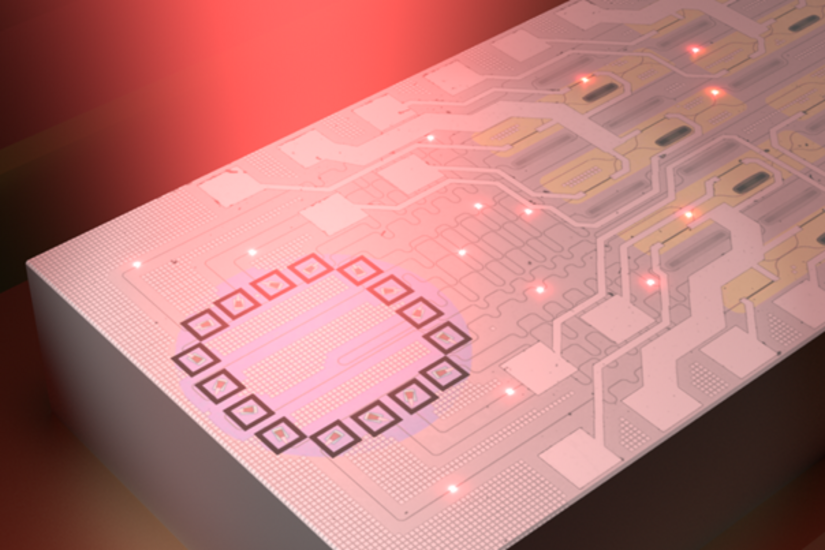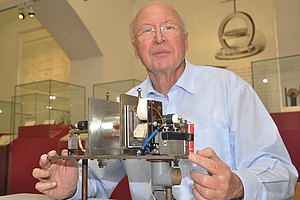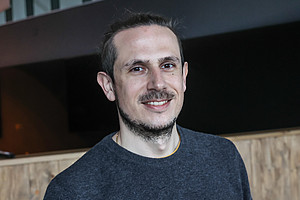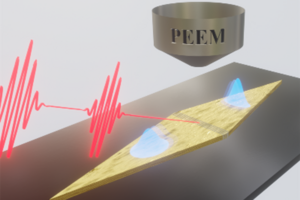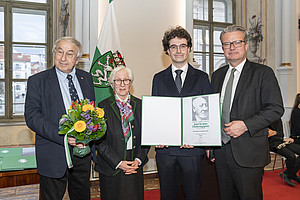Structured light surrounds us everywhere and every day. Sculpted light fields also play an important role in research. For example, a laser beam can have an intensity distribution that is much more complicated than that of a simple laser pointer. The same applies to other properties of light that, unlike intensity, cannot be observed directly, such as phase. Although this information plays an important role in optical communication, imaging, microscopy, and many other areas, it cannot be directly observed by our eyes or conventional cameras.
The research team from Graz, all members of the OpNaQ group, recently succeeded, as part of a European project (Superpixels) and the new Christian Doppler Laboratory for Structured Matter Based Sensing, in taking specially designed integrated optical processors made of silicon into operation and using them for the first time to measure these properties of light.
In a recent publication, they now went on to measure structured light, that is, light with a spatially varying intensity, phase, or even polarization (the direction of oscillation of the light field). For this, the light was processed within a specific network of highways for light. These measurements are highly accurate, potentially very fast, and allow the detection and distinction of the spatial structure of light. All results and further details were published in the journal Communications Physics, which is part the Nature portfolio.
Johannes Bütow, Varun Sharma, Dorian Brandmüller, Jörg S. Eismann, and Peter Banzer, "Photonic integrated processor for structured light detection and distinction," Communications Physics 6, 369 (2023); https://doi.org/10.1038/s42005-023-01489-2
Contact: Peter Banzer oder Johannes Bütow; Optics of Nano and Quantum Materials (website)
